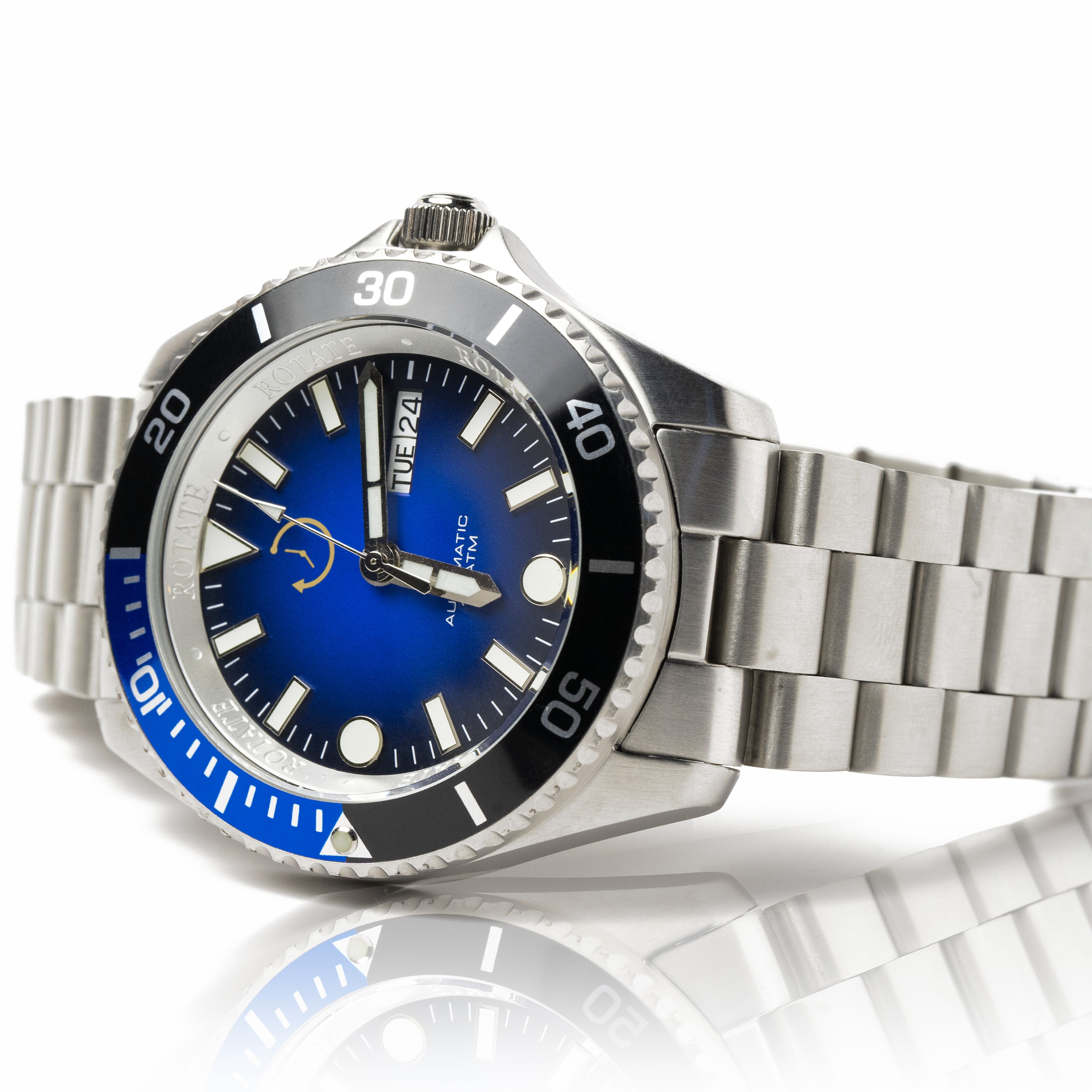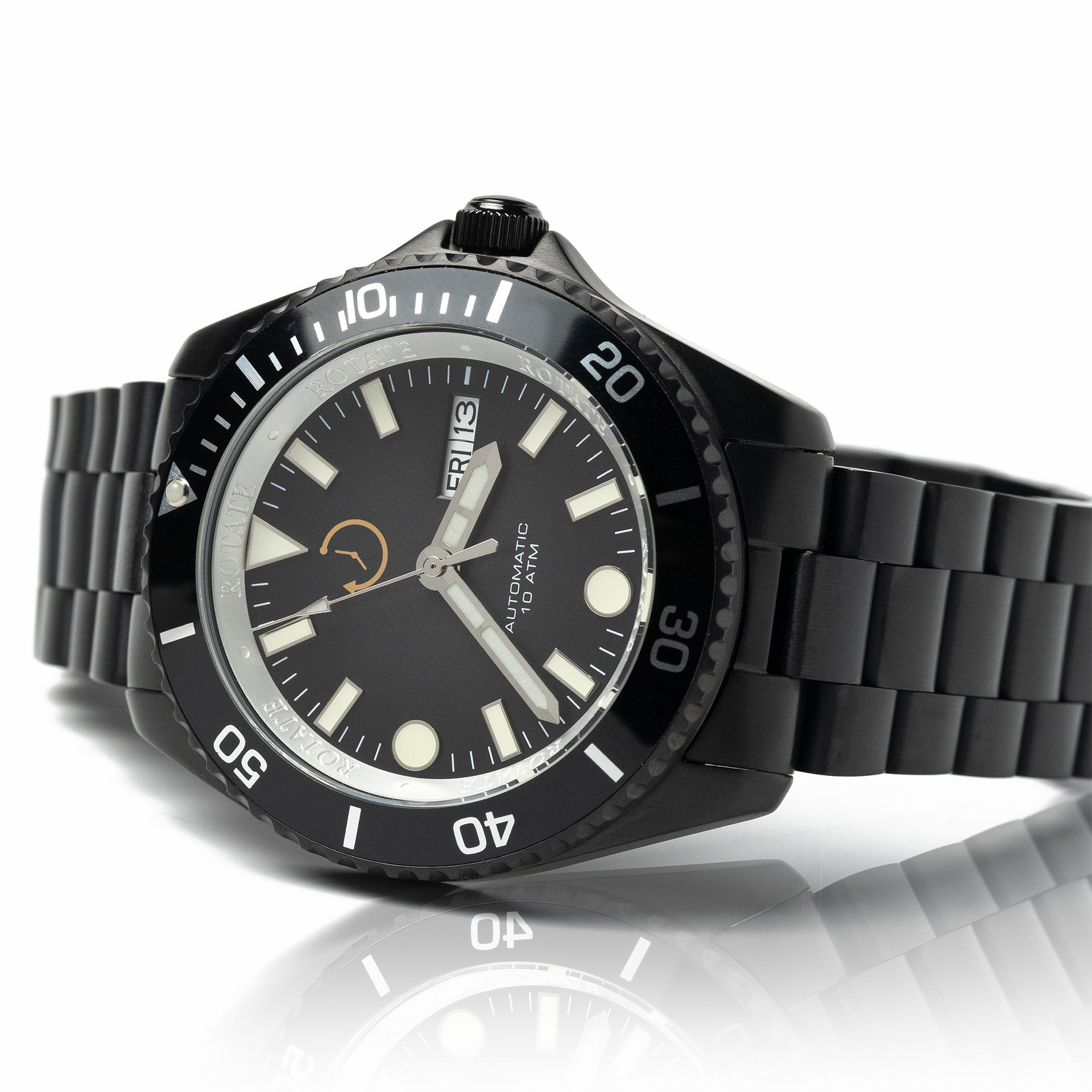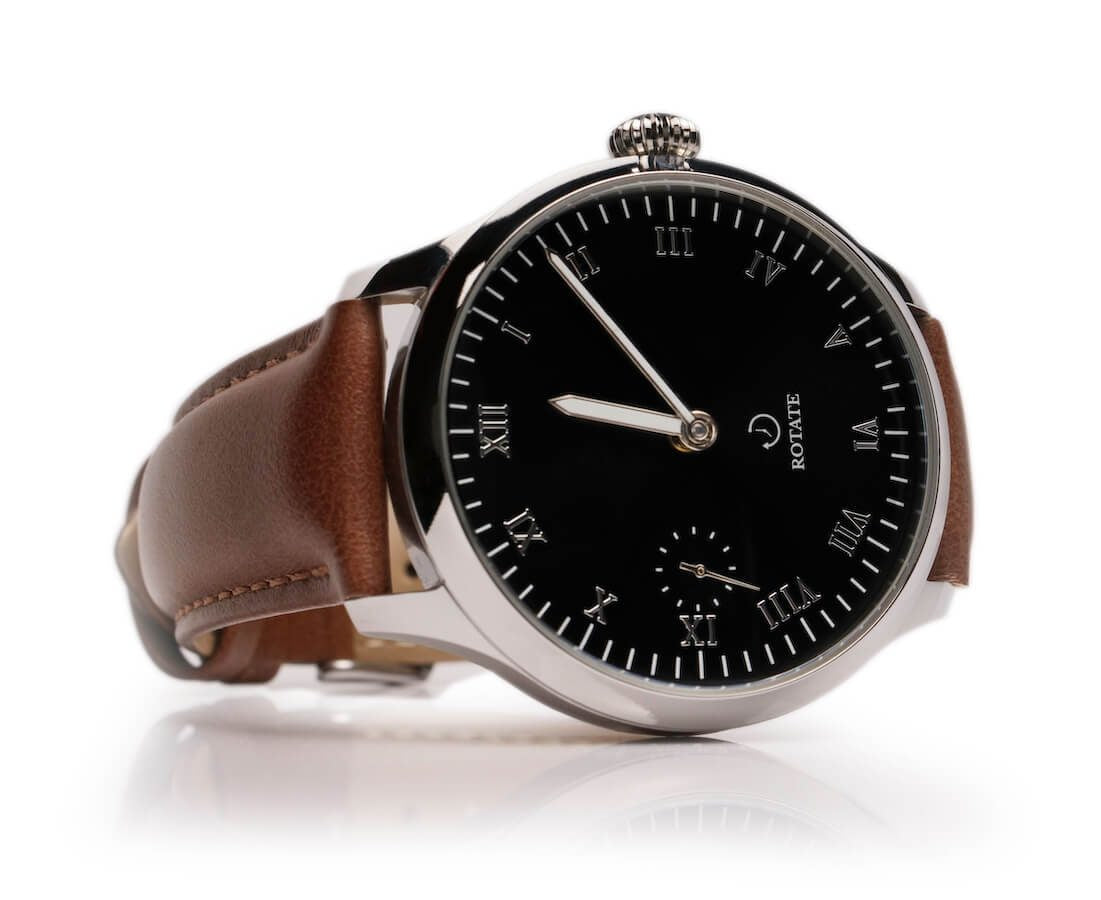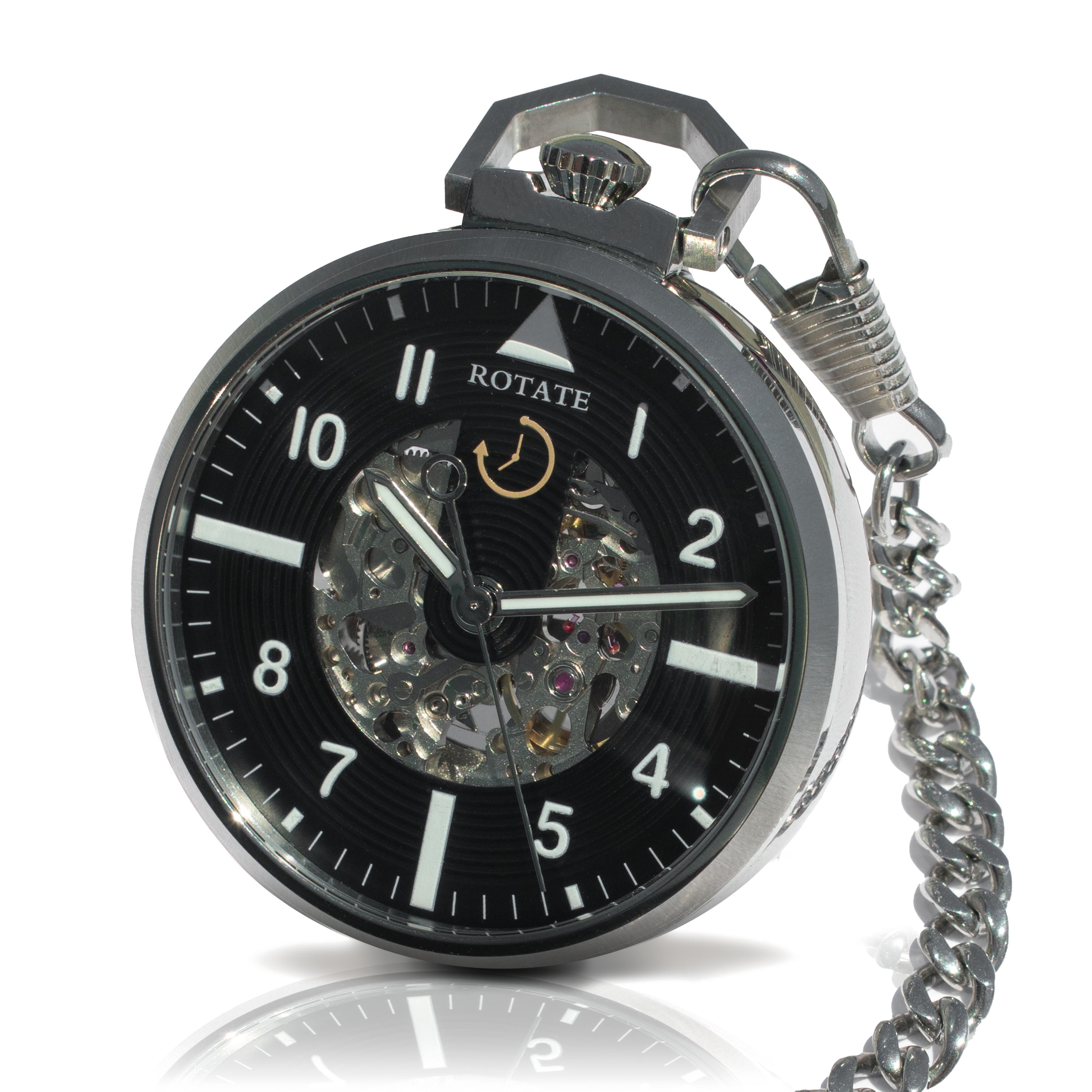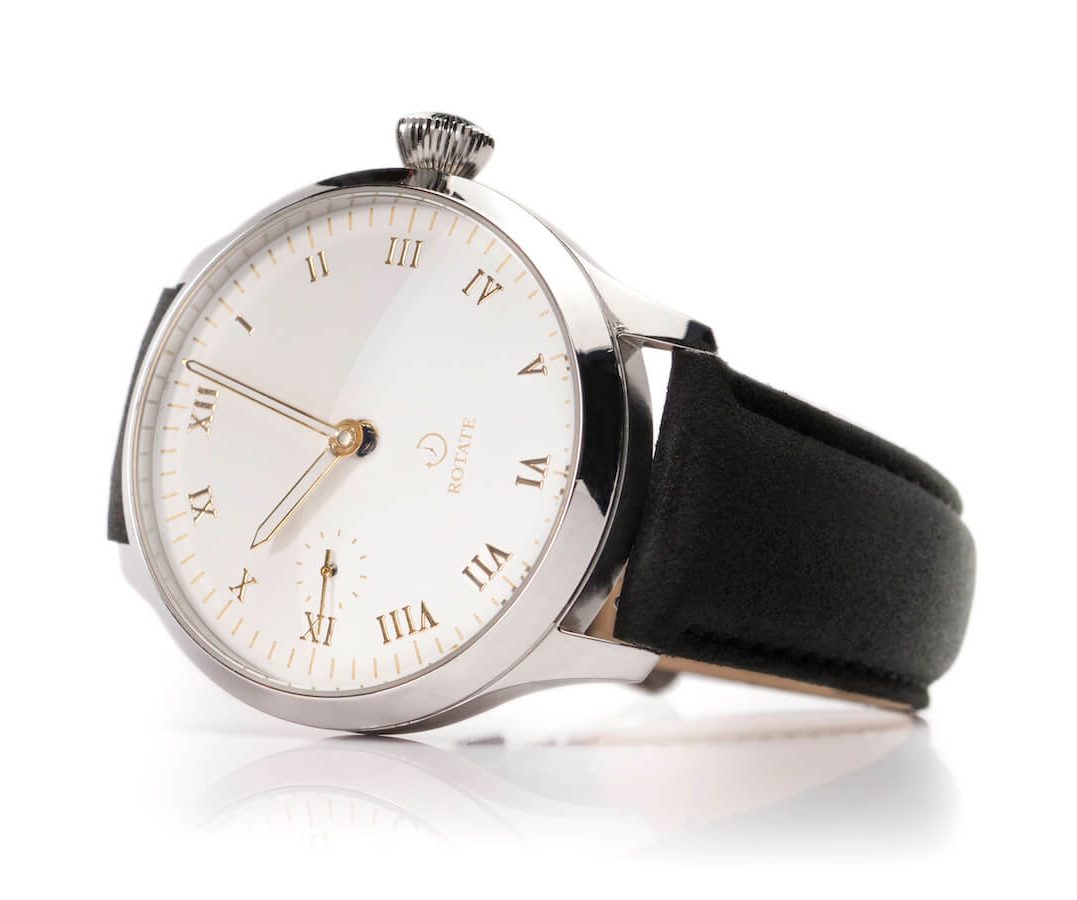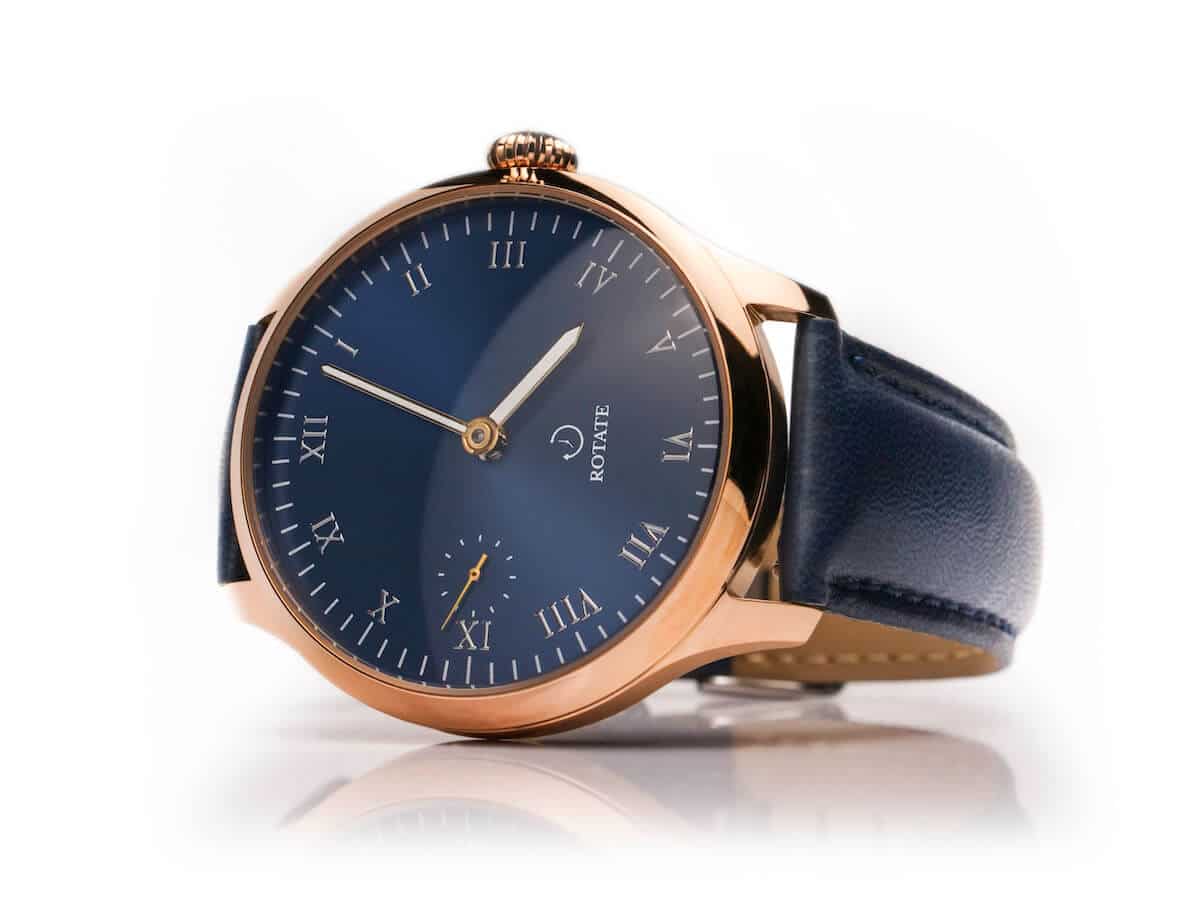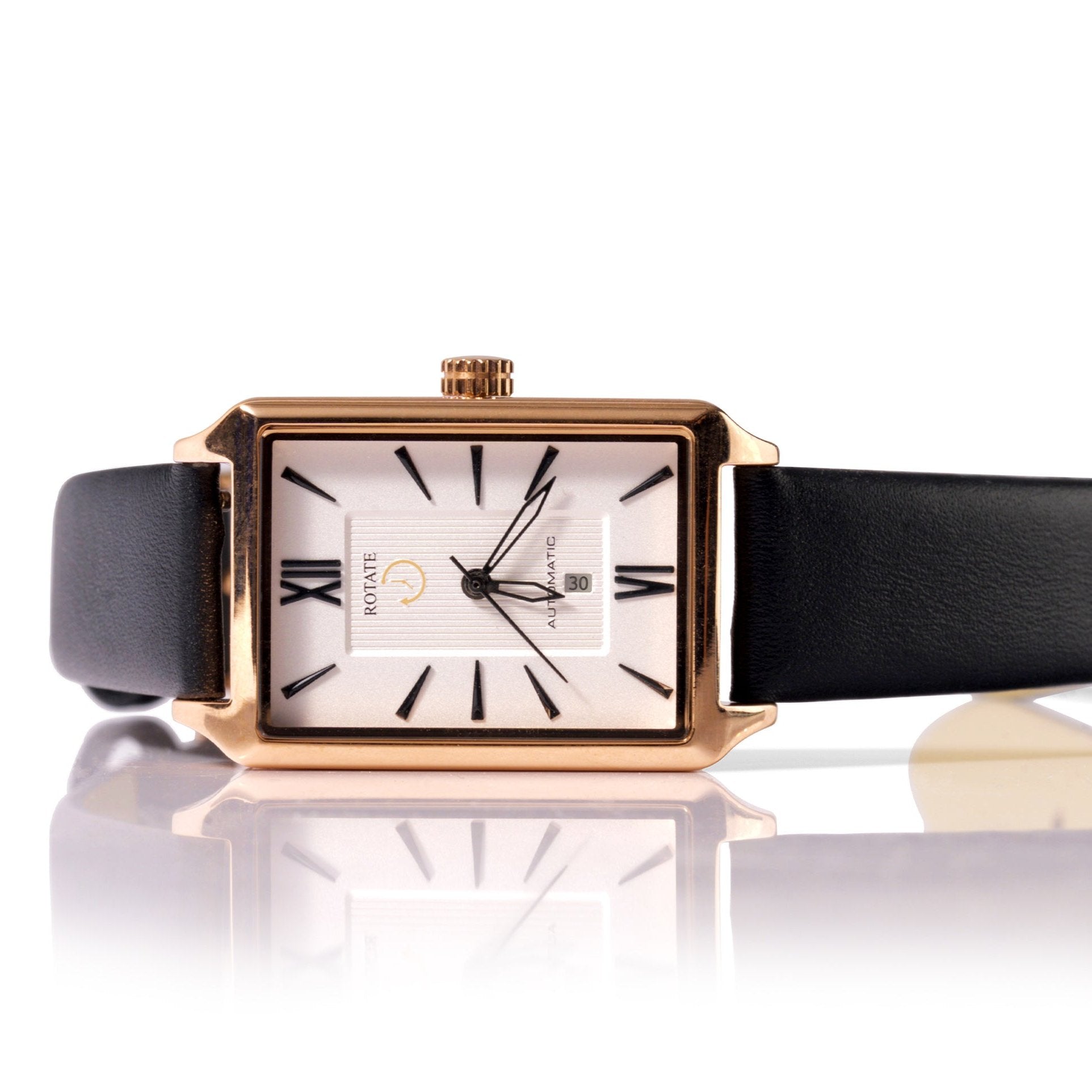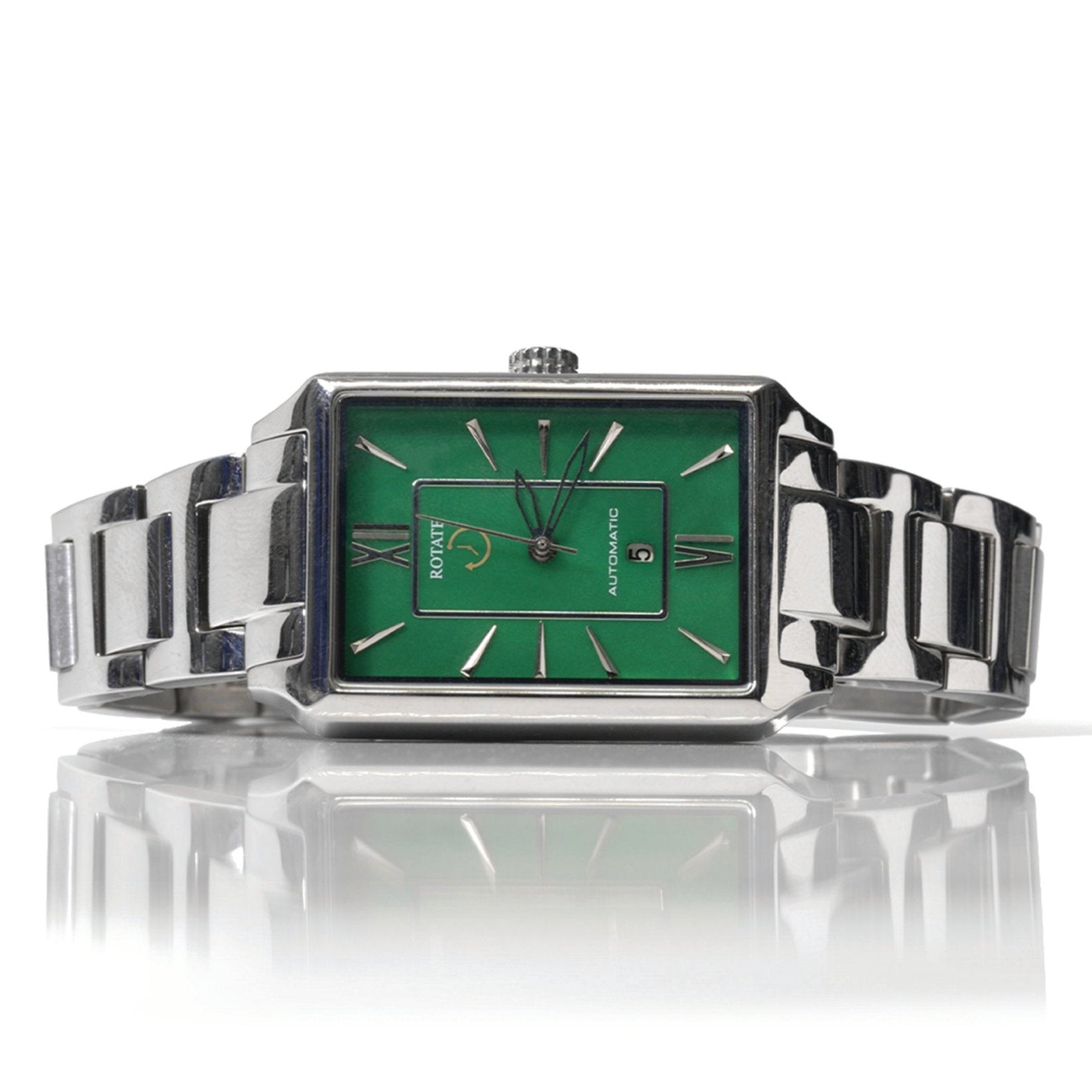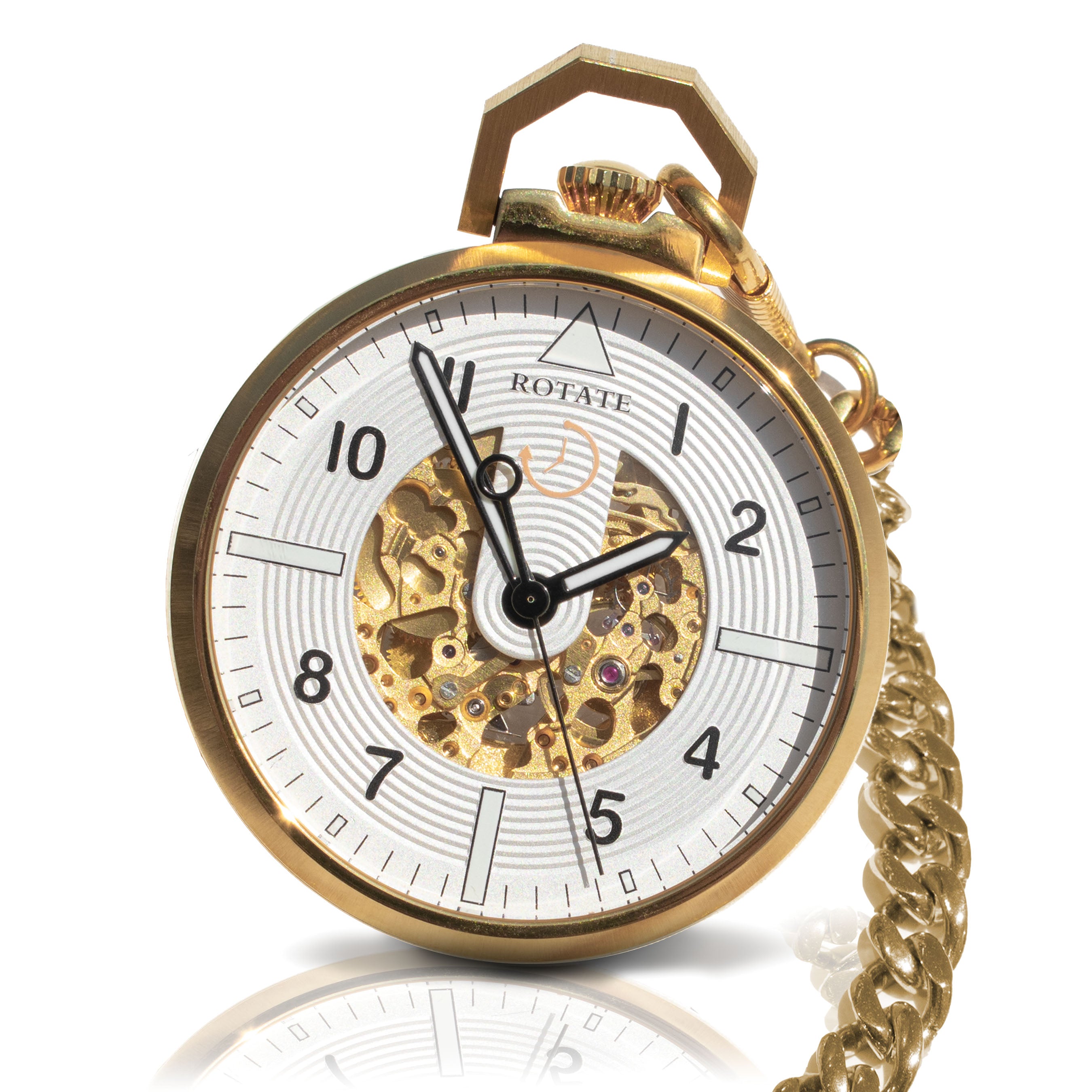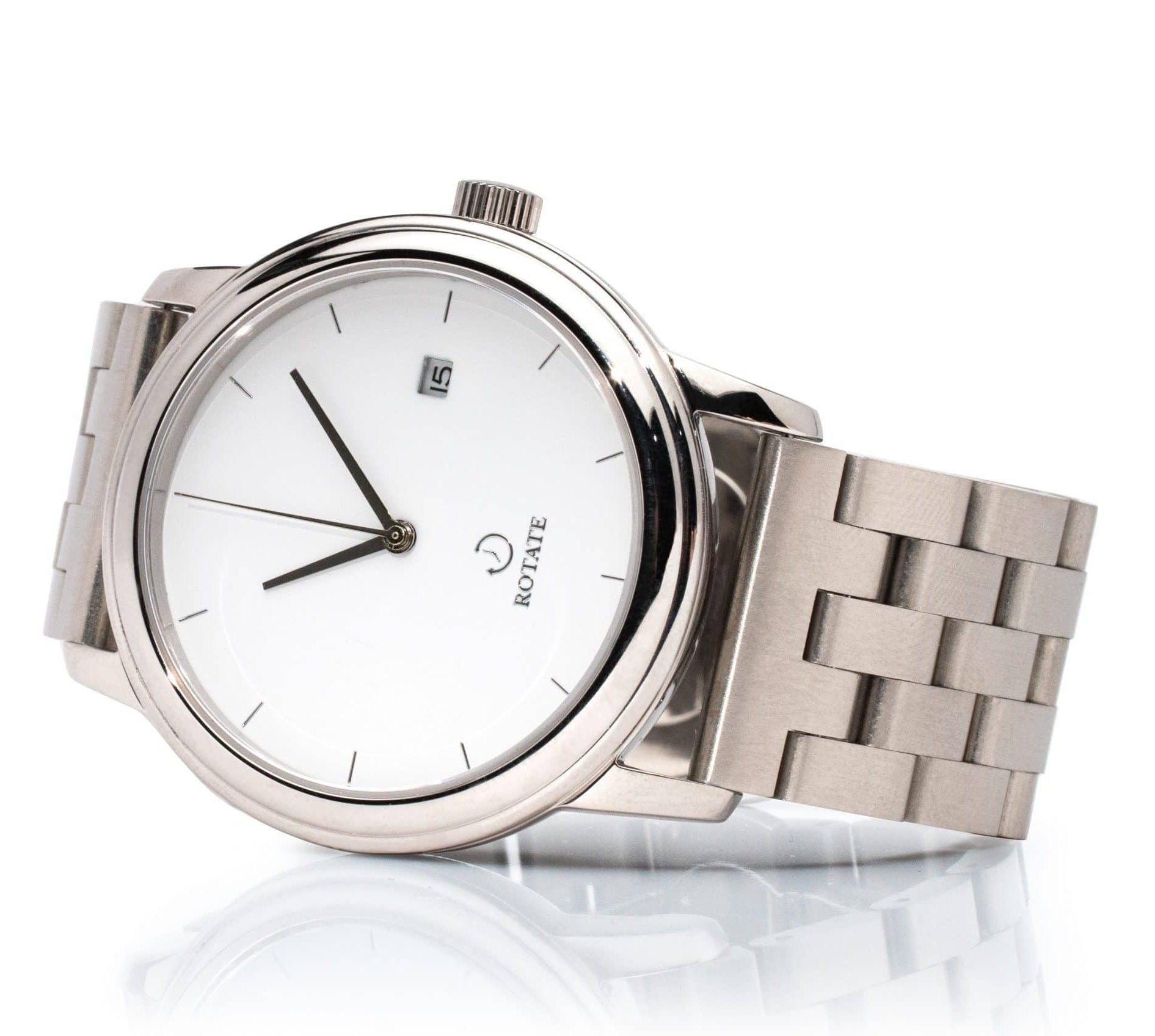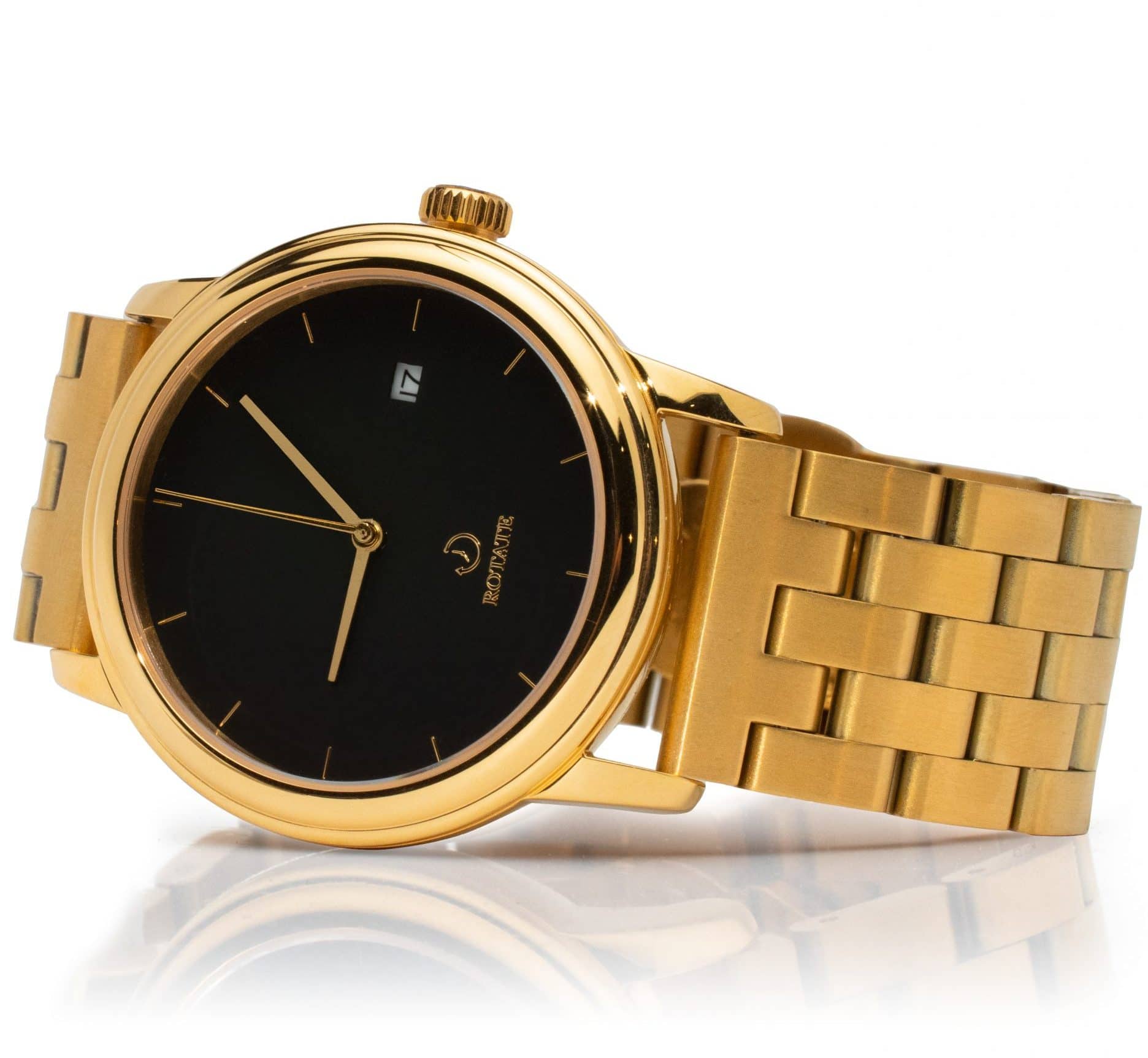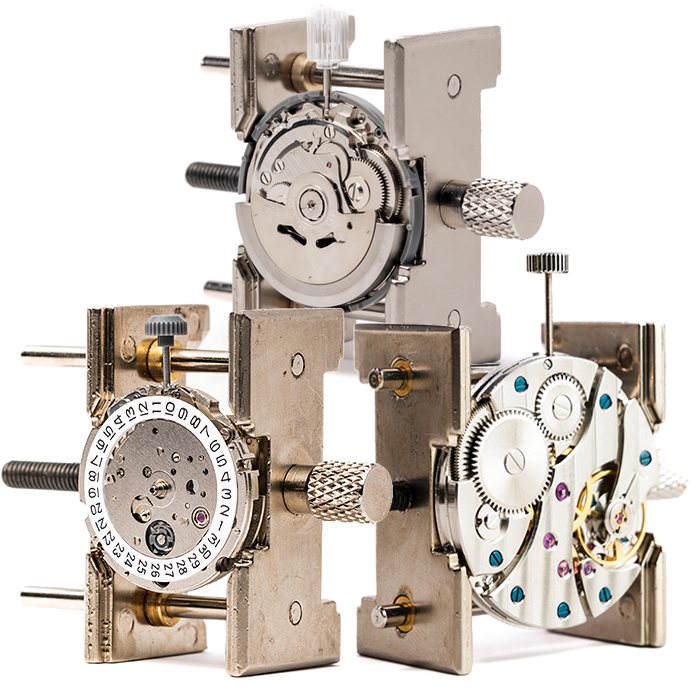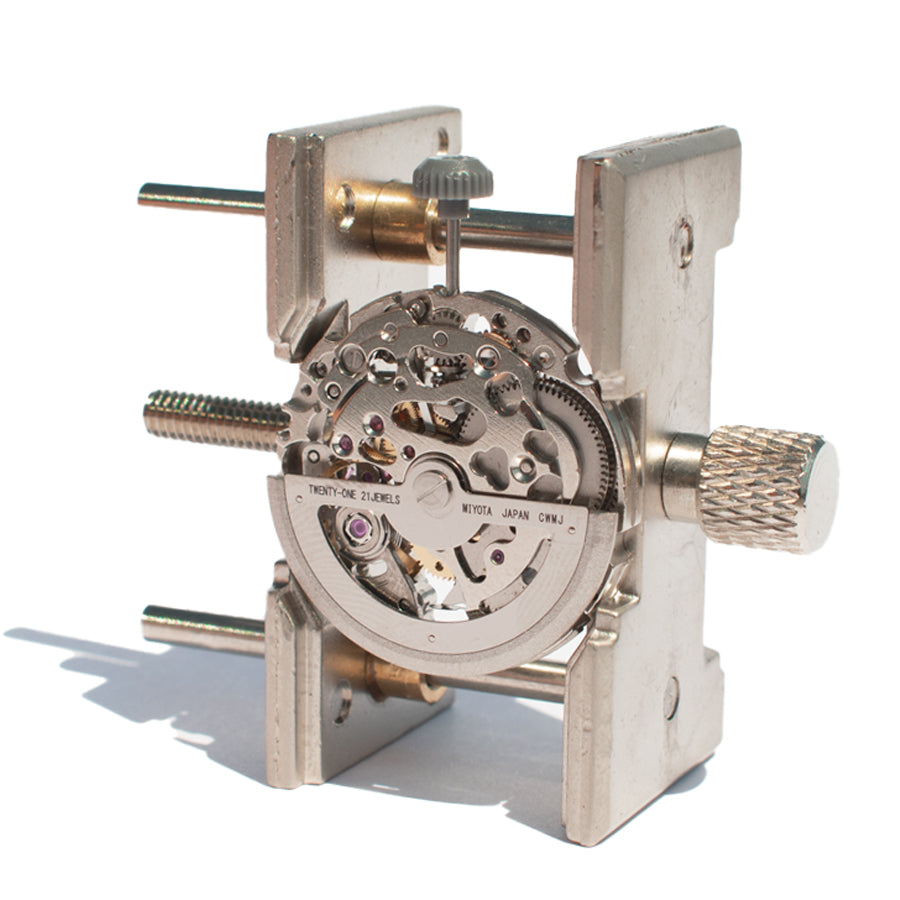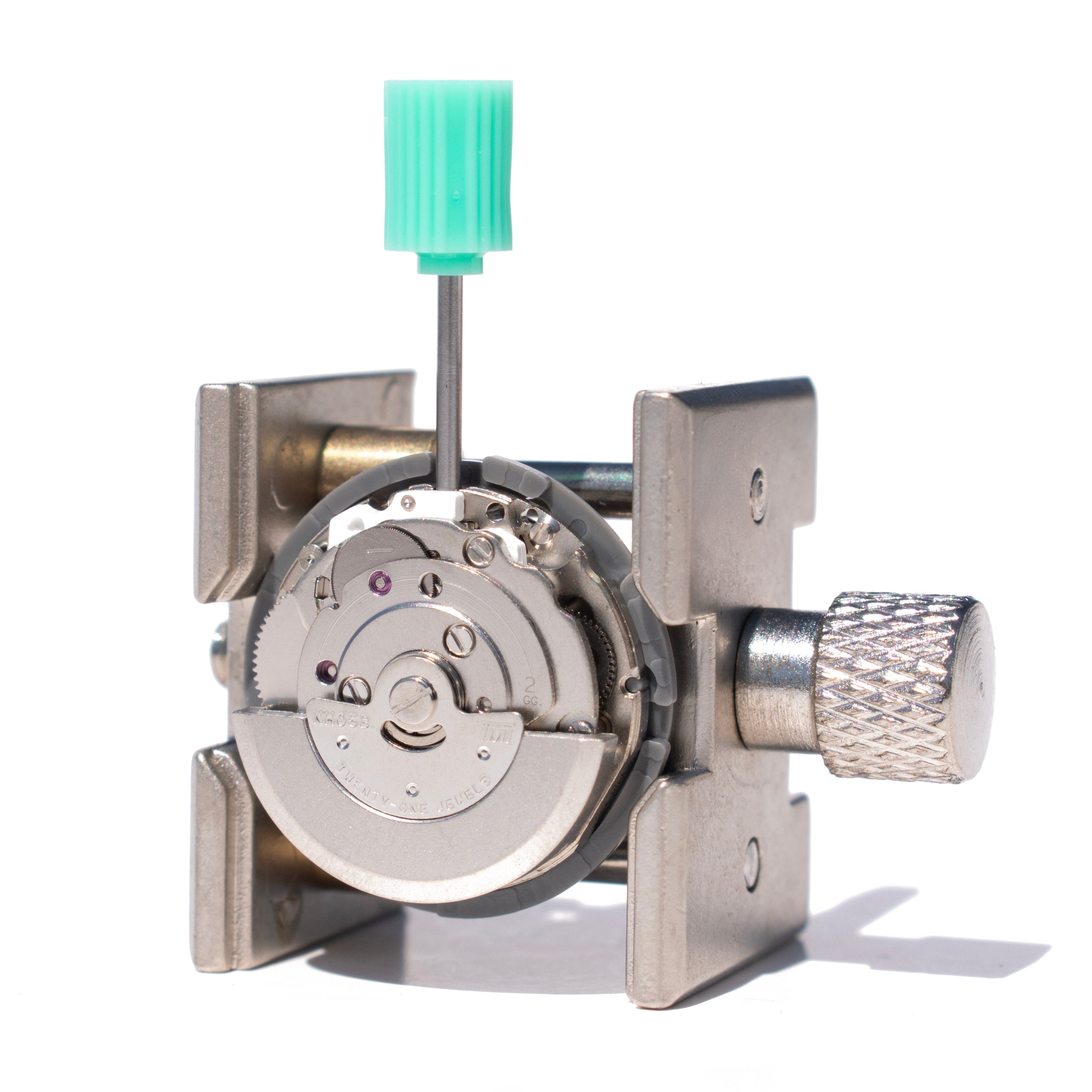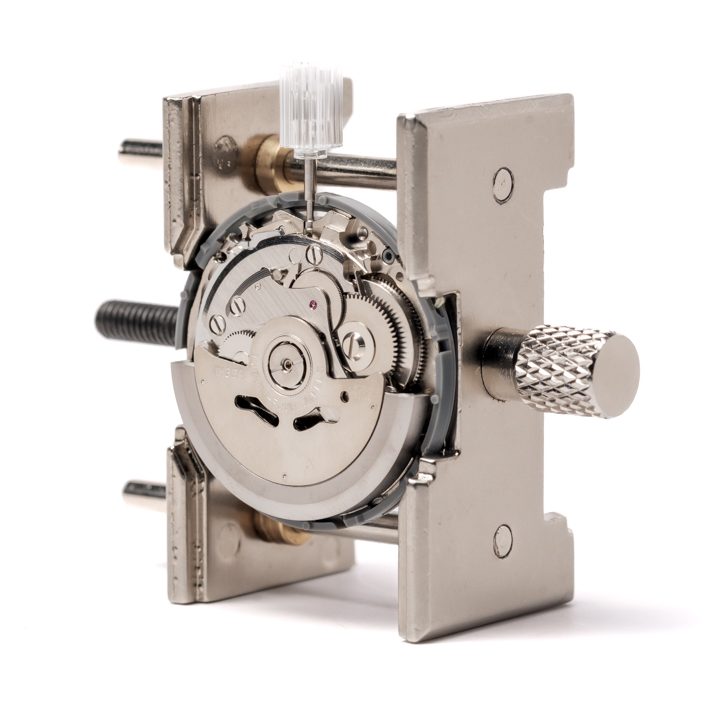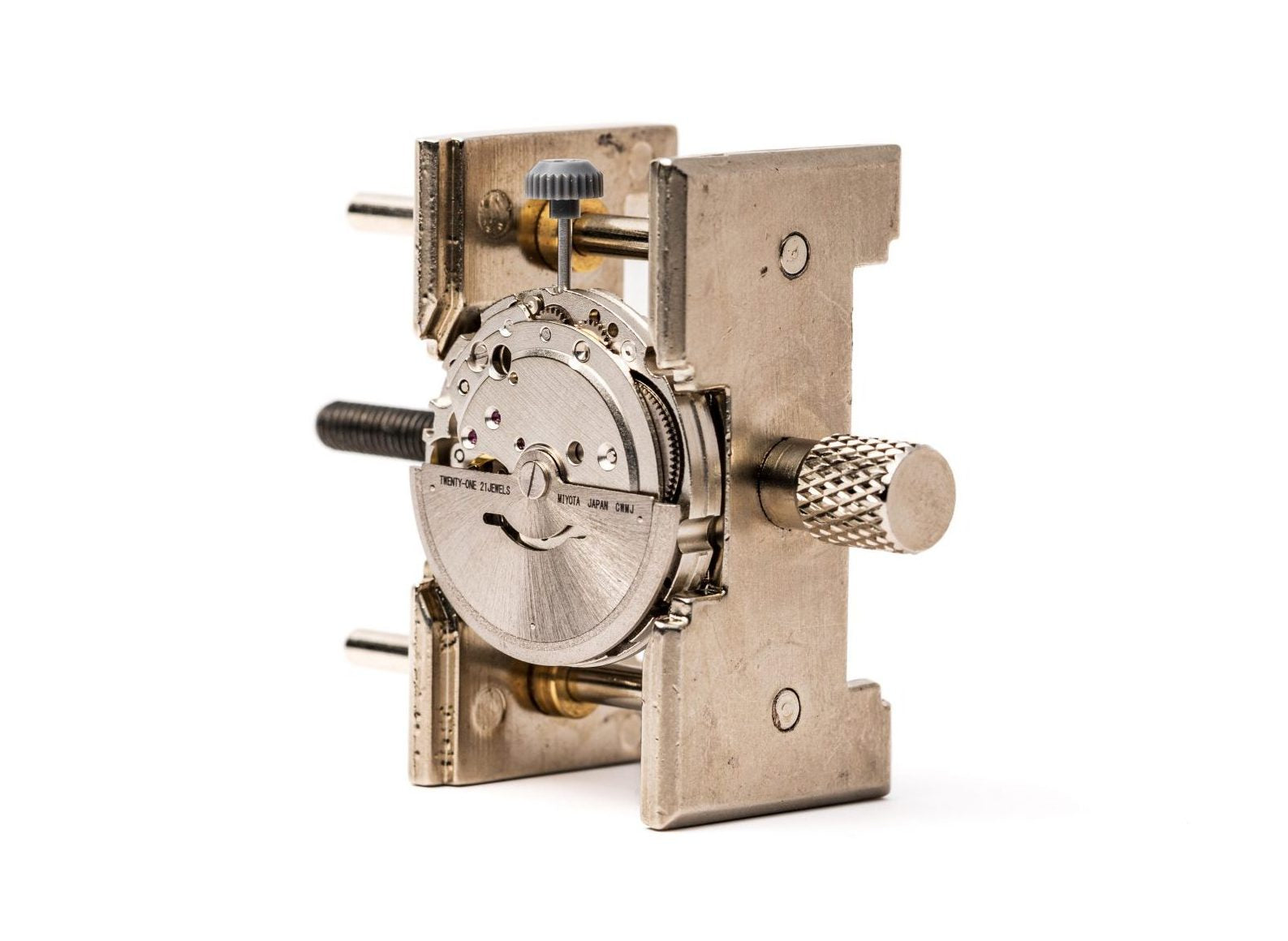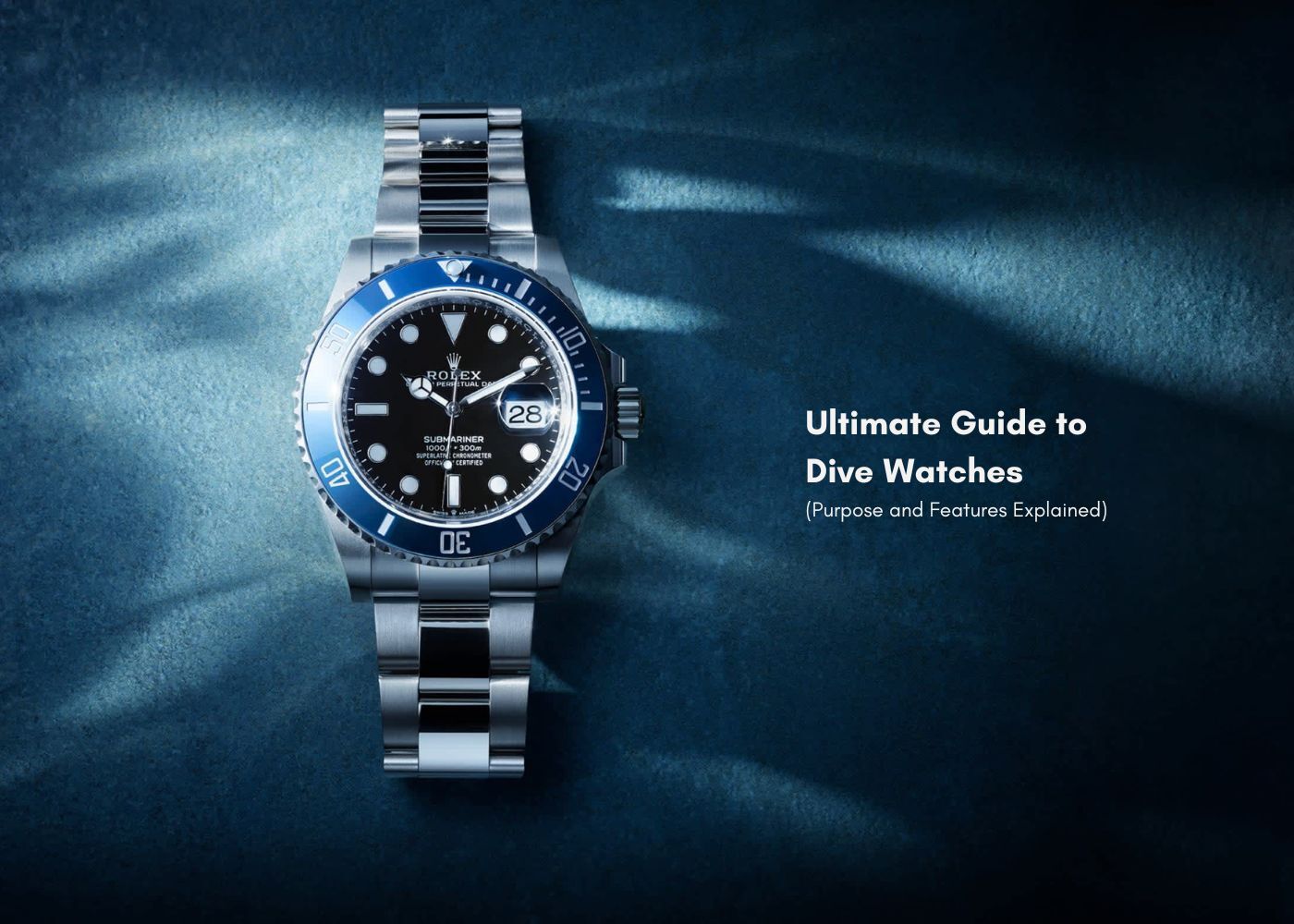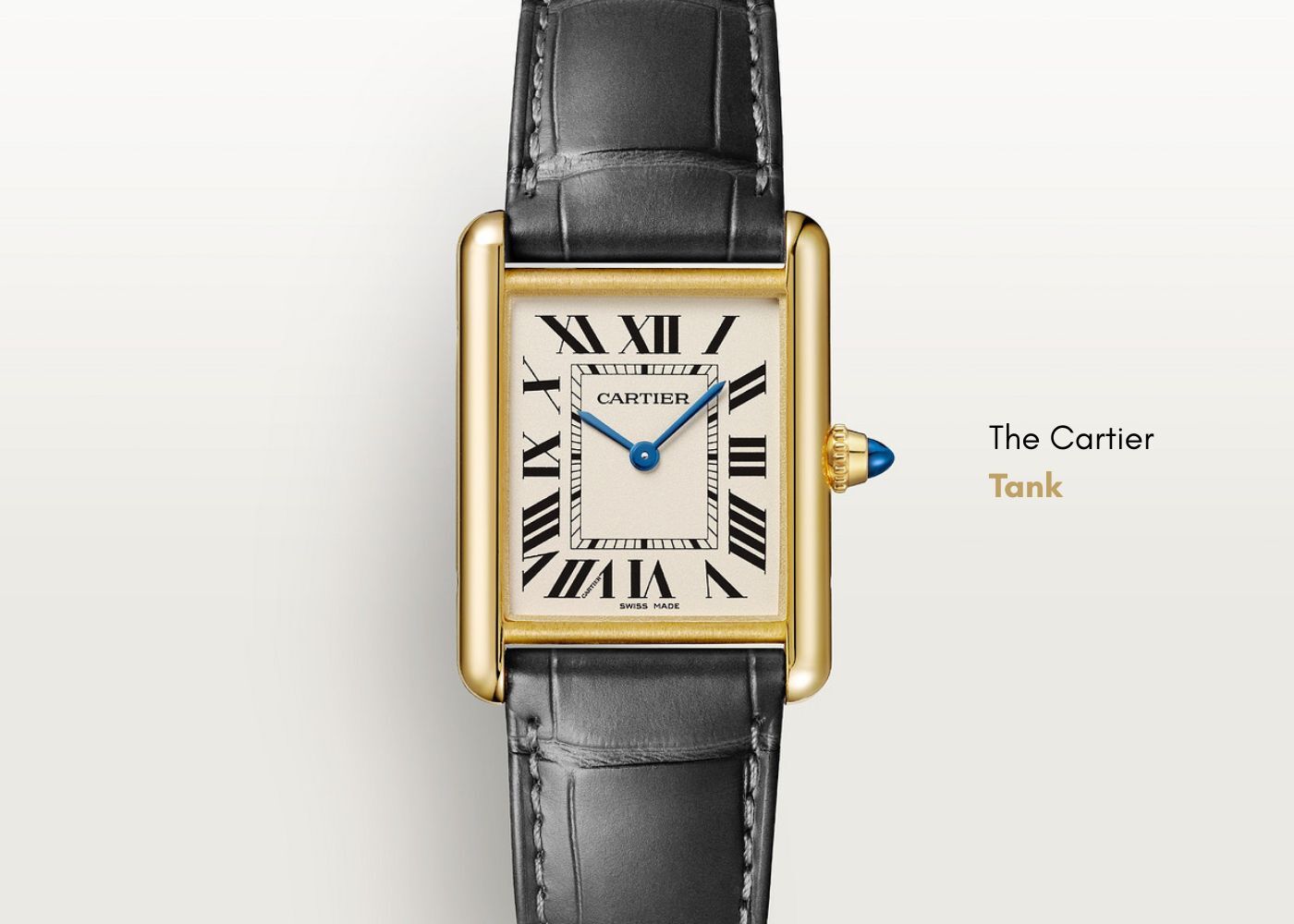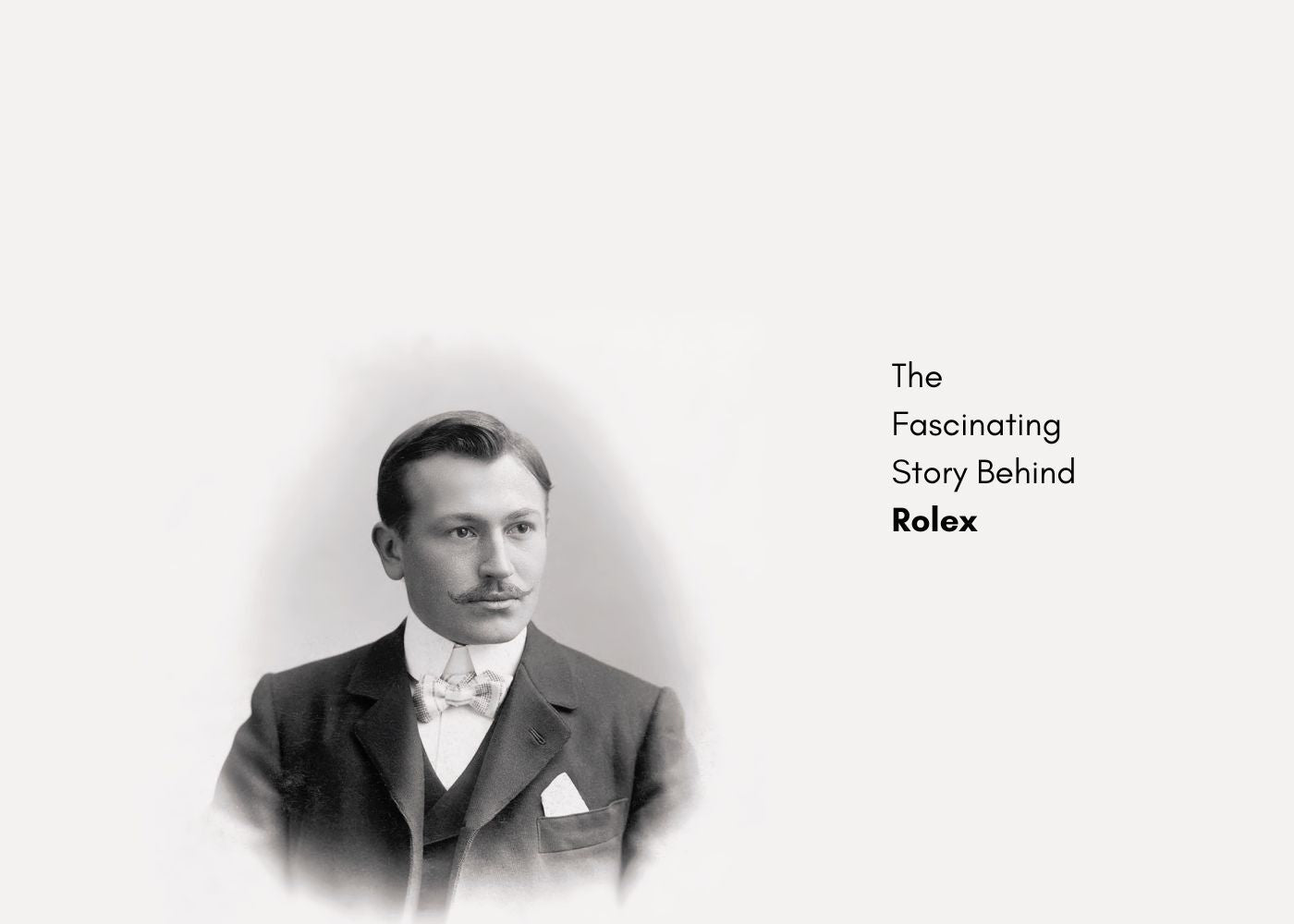
The Fascinating Story Behind Rolex: From Humble Beginnings to Luxury Icon
The Rolex story started in 1905 when a young German named Hans Wilsdorf had a crazy idea. While everyone else was carrying pocket watches, he thought people would want to wear watches on their wrists. Most folks laughed at him - wristwatches were seen as women's jewelry, not serious timepieces.
But Wilsdorf wasn't giving up. He teamed up with Alfred Davis in London and started importing Swiss watch movements. At first, the company was called Wilsdorf & Davis, but Hans wanted something catchier. In 1908, he came up with "Rolex" - a short, punchy name that sounded good in any language.
The Rolex history that followed changed watchmaking forever. What started as a small import business in London became the most famous luxury watches brand in the world. Here's how Hans Wilsdorf pulled off one of the biggest success stories in business history.
The Early Years of Rolex (1900s)
Hans Wilsdorf faced a huge problem in the early 1900s. People didn't trust wristwatches to keep accurate time. Pocket watches were the gold standard, and anything you wore on your wrist was considered a fashion accessory at best.
Wilsdorf was determined to change minds. In 1910, he achieved something incredible - a Rolex wristwatch became the first ever to receive a Swiss Certificate of Chronometric Precision. That's basically the highest award you can get for watch accuracy. Four years later, a Rolex earned a Class A precision certificate from Kew Observatory, an honor usually reserved for marine chronometers.
These weren't just publicity stunts. Wilsdorf understood that the Rolex origins had to be built on real quality and precision. He was proving that wristwatches could be just as accurate as the best pocket watches, maybe even better.
In 1919, the company moved from London to Geneva, Switzerland. Geneva was already the heart of luxury watches manufacturing, so setting up shop there sent a clear message - Rolex was serious about becoming a major player in Swiss watchmaking.
The Game-Changing Oyster Case (1920s)
The biggest breakthrough in Rolex history came in 1926 with the Oyster case. Hans Wilsdorf created the world's first waterproof wristwatch by using a revolutionary case design with a screw-down crown and case back. The watch was literally sealed like an oyster shell.
To prove the Oyster worked, Wilsdorf pulled off one of the greatest marketing stunts ever. He convinced Mercedes Gleitze, a British swimmer, to wear a Rolex Oyster during her English Channel swim in 1927. After spending over 15 hours in cold, salty water, the watch was still running perfectly.
Wilsdorf took out full-page newspaper ads showing the watch and telling the story. Sales went through the roof. People finally believed that wristwatches could handle serious abuse and keep on ticking.
The Oyster case became the foundation for almost every luxury watch design that followed. Even today, most high-end watches use some version of the waterproof case technology that Rolex pioneered.
Adventures and Achievements (1950s)
The Rolex story gets even better when you look at all the incredible adventures these watches went on. In 1953, Sir Edmund Hillary and Tenzing Norgay wore Rolex watches when becoming the first people to reach the summit of Mount Everest. The extreme cold and altitude didn't stop the watches from working.
Jacques Piccard and Don Walsh took a Rolex down to the deepest part of the ocean in 1960. The watch was strapped to the outside of their submarine when it dove nearly 36,000 feet to the bottom of the Mariana Trench. When it came back up, it was still running.
These weren't paid endorsements - explorers and adventurers chose Rolex because the watches actually worked in extreme conditions. Each successful expedition added to the legend and proved that Rolex origins were built on real performance, not just marketing.
Iconic Models That Changed Everything
Throughout Rolex history, certain models became legendary.
Rolex Submariner, launched in 1953, was the first diving watch waterproof to 100 meters. Professional divers and Navy SEALs started wearing them because nothing else could handle underwater work.
Rolex GMT-Master came out in 1955 for airline pilots who needed to track multiple time zones. Pan Am pilots wore them on international flights, making the watch a symbol of jet-age glamour.
Rolex Daytona, introduced in 1963, was built for race car drivers. When actor Paul Newman started wearing one, it became the most desirable sports watch in the world. Original Paul Newman Daytonas now sell for millions at auction.
Each new model pushed watchmaking technology forward while creating new markets. Rolex didn't just make watches - the company created entire categories of luxury watches that other brands still copy today.
Building a Global Empire (1960s)
Hans Wilsdorf was a marketing genius who understood that luxury is as much about perception as quality. He sponsored major sporting events like Wimbledon and Formula 1 racing. Rolex watches appeared in James Bond movies and on the wrists of presidents and celebrities.
But the Rolex story wasn't just about flashy marketing. The company invested heavily in manufacturing technology and quality control. Every watch goes through rigorous testing that takes weeks to complete. Rolex even makes its own gold and steel to ensure consistent quality.
When Hans Wilsdorf died in 1960, he left the company to a charitable foundation. Unlike most luxury watches brands owned by big corporations, Rolex remains independent and private. The foundation structure lets the company focus on long-term quality instead of quarterly profits.
The Rolex Alternative?
While the history of Rolex is fascinating, not everyone can afford a $10,000+ watch. The good news is that you can experience high-quality watchmaking by building your own timepiece with DIY kits.
Take the Cabot sports watchmaking kit, for example. You get 10 ATM water resistance, a rotating bezel, and automatic movement - for under $250. The deep-sea blue dial and stainless steel case create that classic sports watch look that made Rolex famous.
Building your own watch teaches you about watchmaking in ways that just buying one never could. You understand how the movement works, why certain design choices matter, and what goes into creating a precision timepiece. Plus, you get the satisfaction of wearing something you built yourself.
Browse our collection to find your perfect match, from complete watch kits to intricate movement kits.
Modern Rolex and the Future
Today's Rolex story continues with new innovations in materials and technology. The company developed its own ceramic bezels, proprietary gold alloys, and advanced movements that never need adjustment. Modern Rolex watches are more accurate and durable than anything Hans Wilsdorf could have imagined.
But the basic philosophy remains the same - make the best watches possible and let quality speak for itself. Rolex still tests every watch to chronometer standards and backs them with a five-year warranty.
The Rolex origins of focusing on reliability over flashiness still guides the company today. While other luxury watch brands chase trends, Rolex sticks to timeless designs that work for decades.
FAQ
What inspired Hans Wilsdorf to start the Rolex company?
Hans Wilsdorf was fascinated by precision timekeeping from a young age and saw the potential for wristwatches when pocket watches dominated the market. He believed that wristwatches could be just as accurate as pocket watches while being more practical for everyday wear.
Wilsdorf was also inspired by the emerging Swiss watchmaking industry and wanted to create a brand that would become synonymous with precision and reliability. His vision was to make wristwatches respectable and accurate enough for professional use, which was revolutionary thinking in 1905 when most people considered wrist-worn timepieces to be feminine jewelry rather than serious timekeeping instruments.
How did Rolex prove that wristwatches could be as accurate as pocket watches?
Rolex achieved credibility through rigorous testing and official certifications that were unprecedented for wristwatches at the time. In 1910, a Rolex became the first wristwatch ever to receive a Swiss Certificate of Chronometric Precision from the Official Watch Rating Centre in Bienne, Switzerland.
Four years later in 1914, Rolex earned a Class A precision certificate from the prestigious Kew Observatory in England, a distinction that was typically reserved only for marine chronometers used in naval navigation. These certifications weren't just marketing tools - the testing involved weeks of precision measurements under various temperatures and positions to ensure the watches met the strictest accuracy standards of the era.
What made the Oyster case so revolutionary in luxury watches history?
The Oyster case introduced in 1926 was the world's first truly waterproof wristwatch case, featuring a hermetically sealed construction with a screw-down crown and case back that protected the movement from water, dust, and debris. Before the Oyster, watches were vulnerable to moisture damage and required careful handling around water, limiting their practical use.
The revolutionary design used a middle case, bezel, and case back that screwed together tightly, creating a seal similar to an oyster shell. Mercedes Gleitze's famous English Channel swim while wearing an Oyster proved the concept worked in real-world conditions, with the watch remaining accurate after over 15 hours in cold seawater, establishing a new standard for watch durability that influenced all future luxury watches designs.
Why did Rolex become associated with exploration and adventure sports?
Rolex watches naturally attracted adventurers and professionals because the company's focus on precision and durability made them reliable tools for extreme conditions rather than just fashion accessories. The brand's reputation was built through real-world performance - Sir Edmund Hillary and Tenzing Norgay chose Rolex for their Mount Everest expedition in 1953, and Jacques Piccard selected a Rolex for the deepest ocean dive in history.
These weren't paid endorsements but genuine choices by professionals who needed equipment they could trust with their lives. Rolex capitalized on these achievements through smart marketing, but the foundation was always actual performance in conditions where failure could mean disaster, making the brand synonymous with reliability and adventure.
How do DIY watch kits like the Cabot compare to vintage Rolex watches for collectors?
DIY watch kits offer collectors and enthusiasts a hands-on way to understand watchmaking principles while creating timepieces with genuine mechanical movements and quality components at accessible prices. The Cabot kit, for example, features a Seiko NH36 automatic movement with specifications that rival vintage Rolex sports watches - 10 ATM water resistance, rotating bezel, and solid stainless steel construction.
While vintage Rolex watches command premium prices due to their historical significance and brand prestige, DIY kits provide similar functionality and learning opportunities for under $250 versus thousands for comparable vintage pieces. Building your own watch also creates a personal connection to the timepiece and teaches valuable skills about movement regulation, case assembly, and maintenance that enhance appreciation for traditional watchmaking craftsmanship.
What keeps Rolex relevant in today's smartwatch era?
Rolex remains relevant because the brand represents mechanical mastery, heritage, and craftsmanship that digital devices cannot replicate, appealing to people who value traditional watchmaking artistry over technological convenience. While smartwatches offer connectivity and apps, mechanical luxury watches provide a tangible connection to centuries of horological tradition and continue working without charging or software updates.
Rolex watches also serve as investment pieces and status symbols that retain or increase value over time, unlike electronic devices that become obsolete within a few years. The brand's commitment to in-house manufacturing, proprietary materials like Cerachrom bezels and Oystersteel, and rigorous testing ensures each watch represents the pinnacle of mechanical timekeeping, offering something fundamentally different from mass-produced digital alternatives.


